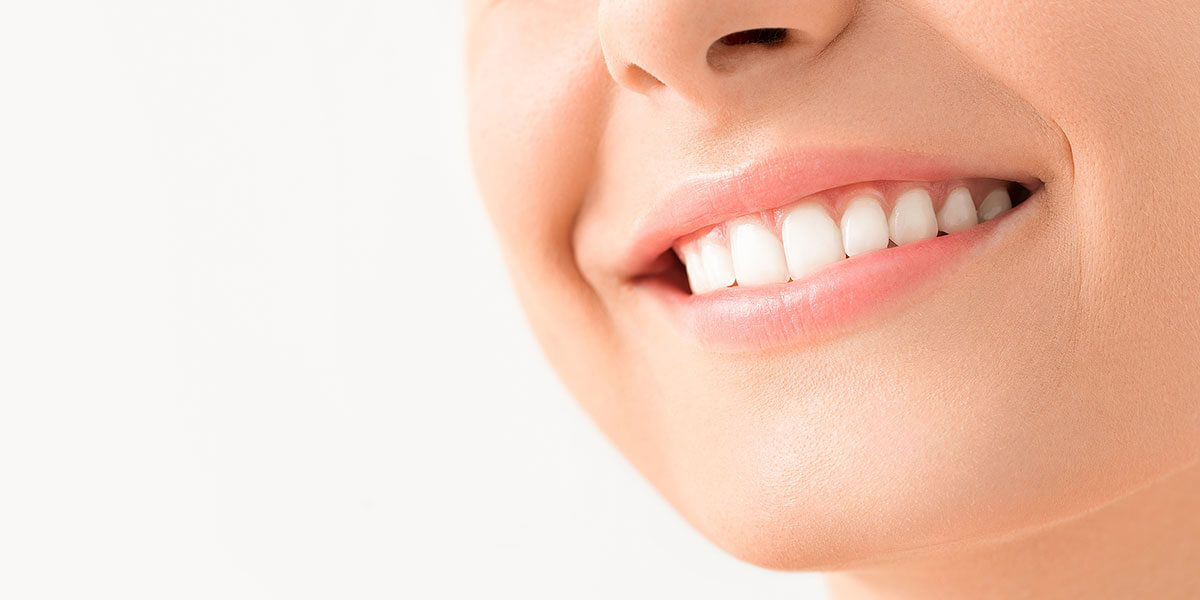Fluoride Treatment in Stuart, FL

Fluoride helps keep teeth strong and healthy.
Cavities that are not treated can cause pain, loss of teeth, and spread of infection. The good news is that you can prevent most cavities with good dental care and fluoride.
Stuart Prosthetic Dentistry provides fluoride treatment in Stuart, FL. Call our office today at 772.286.1606 to schedule an appointment.
What is fluoride? Why is it important?
Fluoride is a mineral that occurs naturally in all water sources, even the oceans. Fluoride can prevent tooth decay in children and adults. It helps protect from acid attacks that demineralizes (or removes minerals from) the tooth enamel causing cavities. It also helps repair weakened enamel before cavities form by a process called remineralization (adding back minerals via fluoride).
Fluoride treatment can be particularly helpful in those patients at higher risk of getting cavities. Especially, older adults who have worn teeth, gum recession, and those who use more medications that reduce salivary flow causing dry mouth (xerostomia).
What is the best way to get fluoride?
Teeth get fluoride when it is swallowed (systemic) or when it is put onto the tooth’s surface (topical). To prevent cavities, it is best to get a little bit of fluoride in both ways.
How often should you have fluoride treatments?
The American Dental Association (ADA) recommends a professional fluoride treatment every 3, 6, or 12 months, depending on your overall oral health or cavity risk. No matter your age or oral health, you can certainly benefit from fluoride treatment.
Systemic Fluoride
Systemic fluoride becomes incorporated into tooth structure during formation. Systemic sources are fluoridated water and dietary fluoride supplements (tablets, drops, or lozenges). Both are effective in reducing tooth decay. These fluorides also provide topical protection because of the presence of fluoride in saliva.
Fluoride that is swallowed usually comes from tap water. In some parts of the US, the tap water naturally has just the right amount of fluoride. In other places, the tap water does not have enough fluoride. Therefore, some of these cities and towns add fluoride to their water (fluoridation). The ADA recognizes the use of fluoride and community water fluoridation as safe and effective in preventing tooth decay for both children and adults.
Most bottled waters do not contain enough fluoride in levels to prevent cavities. If you drink bottled water frequently, you may be missing the benefits of fluoridation. In addition, your home water filtration system might remove fluoride from the water. Reverse osmosis and distillation systems remove almost all of the fluoride.
Topical Fluoride
Topical fluoride strengthens teeth that are already present in the mouth, making them more resistant to cavities. Topical fluorides can be self-applied or professionally applied.
Self-applied topical fluorides include toothpastes, mouth rinses, and gels. Fluoride-containing toothpaste is the most commonly used form of self-applied fluoride worldwide. Over-the-counter toothpastes generally contain a fluoride concentration of 1,000 to 1,500 ppm. Prescription-strength fluoride toothpastes contain a fluoride concentration of 5,000 ppm. In the US, the active ingredient in fluoride-containing toothpastes can be sodium fluoride, sodium monofluorophosphate, or stannous fluoride.
Professionally applied topical fluorides are more concentrated and therefore are not needed as frequently (every 3 to 12 months). They are applied during dental visits and may include the following:
- Fluoride rinses, gels, or foams - Fluoride concentration can be up to 12,300 ppm in these products. In order to increase the uptake of the fluoride by the enamel surface they are formulated to be highly acidic. These are usually applied for 1 to 4 minutes.
- Prophylaxis paste - An abrasive paste routinely used during professional cleanings (prophylaxis) with a fluoride concentration ranging from 4,000 to 20,000 ppm.
- Fluoride varnish - Available as sodium fluoride (22,600 ppm) or difluorsilane (1,000 ppm) preparations. It is painted on the teeth during a dental appointment and may be used for the treatment of tooth sensitivity (desensitizing treatment).
- Silver Diamine Fluoride (SDF) - A colorless liquid at pH of 10 that is made up of approximately 25% silver and 5% (50,000 ppm) fluoride. Like fluoride varnish, it can be used for the treatment of tooth sensitivity (desensitizing treatment).
What is Fluorosis?
Fluoride is safe and a health benefit in appropriate doses. However, like anything else, it is possible to get too much of a good thing. After decades of research, the main risk linked to fluoride overuse is dental fluorosis, a cosmetic dental condition that kids can develop if they're exposed to excessive fluoride when they're too young. Affected children and adults may have teeth with white spots or lines, and in severe cases, even a brown or gray discoloration of their enamel. This condition often occurs when children swallow fluoride toothpaste during their adult tooth development process. This is why it is so important to supervise children while they are brushing to ensure they're spitting along the way.
The American Dental Association (ADA) recommends a professional fluoride treatment every 3, 6, or 12 months, depending on your overall oral health or cavity risk. No matter your age or oral health, you can certainly benefit from fluoride treatment.
For any further questions about fluoride or fluoride treatments please do not hesitate to ask us.
Are you looking for a dentist in Stuart, FL? Contact us today to learn more and schedule an appointment.
